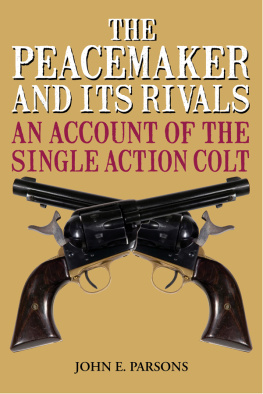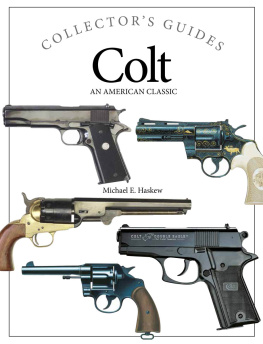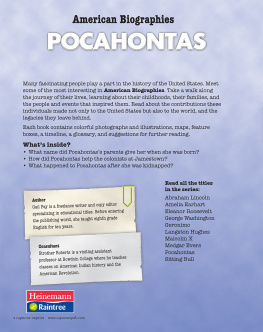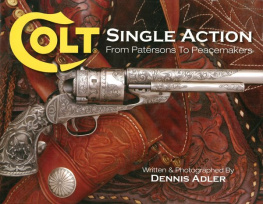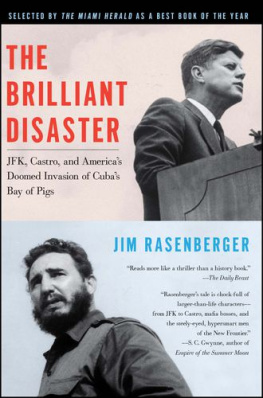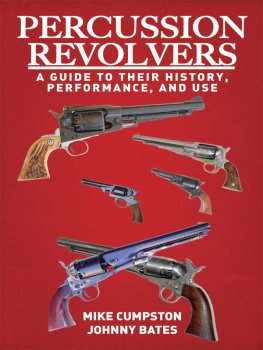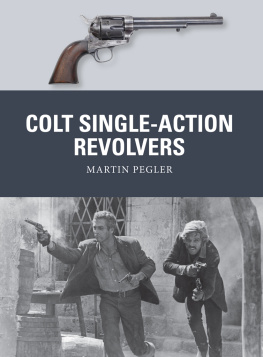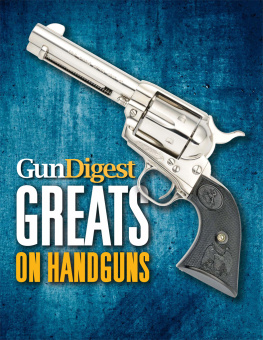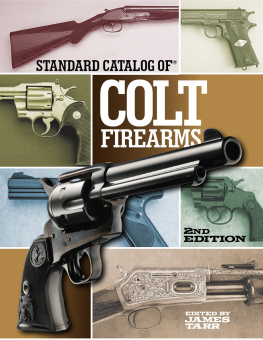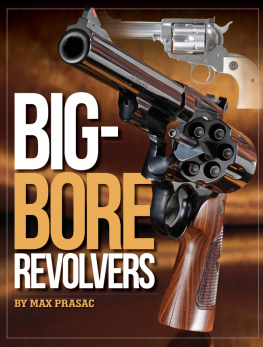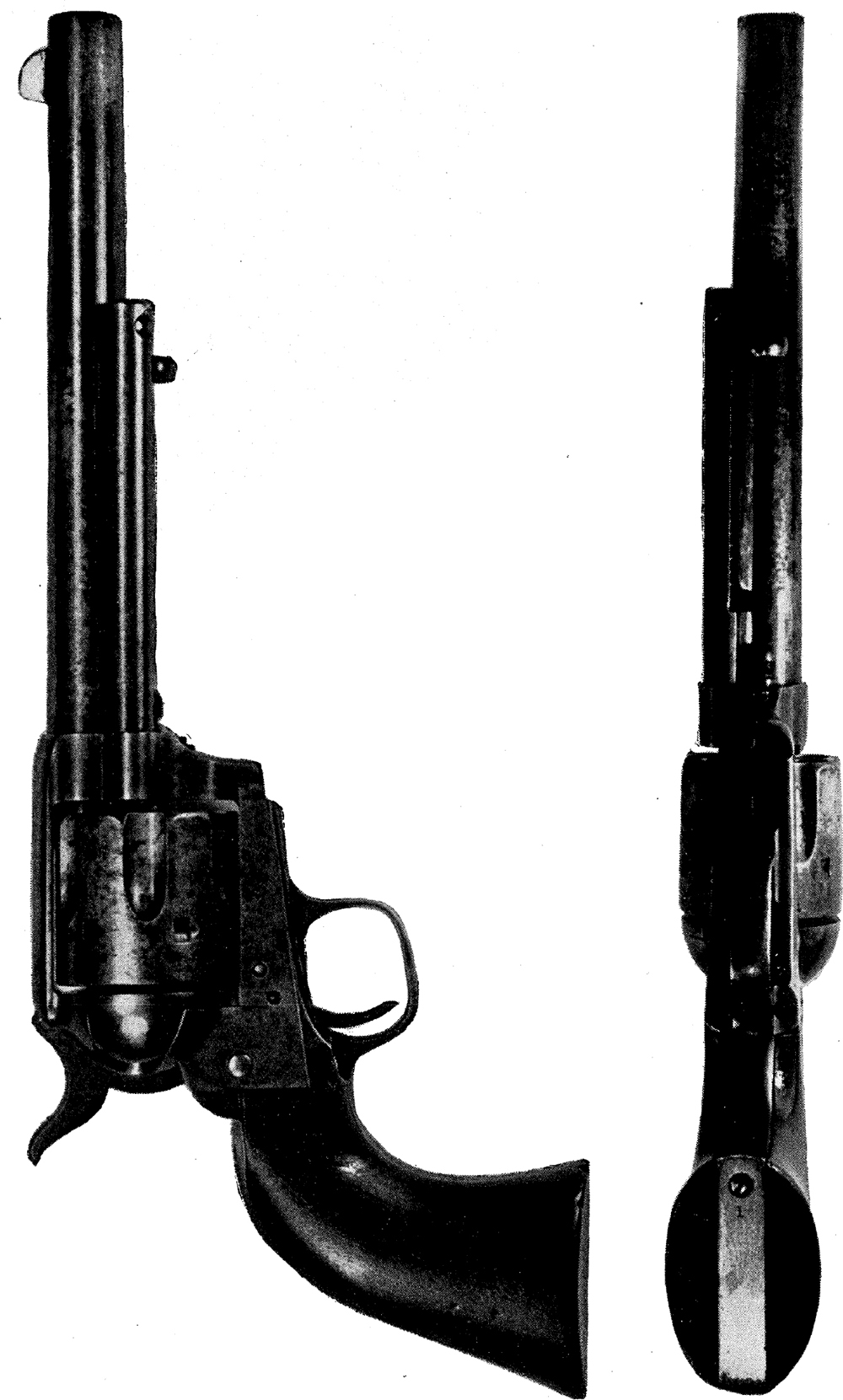
Peacemaker No. 1
Courtesy of John S. du Mont

Copyright 1950, 2014 by John E. Parsons
All Rights Reserved. No part of this book may be reproduced in any manner without the express written consent of the publisher, except in the case of brief excerpts in critical reviews or articles. All inquiries should be addressed to Skyhorse Publishing, 307 West 36th Street, 11th Floor, New York, NY 10018.
Skyhorse Publishing books may be purchased in bulk at special discounts for sales promotion, corporate gifts, fund-raising, or educational purposes. Special editions can also be created to specifications. For details, contact the Special Sales Department, Skyhorse Publishing, 307 West 36th Street, 11th Floor, New York, NY 10018 or info@skyhorsepublishing.com.
Skyhorse and Skyhorse Publishing are registered trademarks of Skyhorse Publishing, Inc., a Delaware corporation.
www.skyhorsepublishing.com
10 9 8 7 6 5 4 3 2 1
Library of Congress Cataloging-in-Publication Data is available on file.
ISBN: 978-1-62636-570-4
eISBN: 978-1-62873-936-7
Printed in the United States of America
CONTENTS
FOREWORD
I N introducing the subject of this study, I can do no better than to quote the words of Walter Prescott Webb, Professor of History at the University of Texas:
The revolver as a factor in the development of America has never received serious consideration, either from the historian or the literary man. The former has neglected it entirely, while the latter has neither understood it nor its true place in our national life. Too frequently he has used it as his chief stock in trade in portraying certain striking types of American menthe Texas Ranger, the cowboy, or the bad man on horseback. The sensational story-writers, the moving pictures, and even worthier literary men, are loath to abandon this original idea.
These words were written in 1927, since which time the topic has received more adequate attention, though mainly from collectors and shooters of arms. Books written primarily by or for them have thoroughly catalogued the various kinds of American pistols and revolvers, including the Colt, but the significance of these weapons in the context of their times remains an inviting study. Make by make and model by model, this analysis is going forward as new sources of information are discovered or become available.
It is the purpose of this book to detail the life story of only one model of revolver, the single action Colt. Rivals and ramifications extending over a century are involved in the telling. For a collector there is ever the temptation to write in catalog form, and I cannot claim to have avoided it altogether. Even an historian or professional writer might find the material too factual for literary treatment. My own endeavor has been where possible to relate each arm described to its setting, and in this way to bring out its import in history.
In this enterprise I have incurred many obligations. Assistance of an essential nature is gratefully acknowledged from Robert E. Courtney, manager of the service departmentarms divisionof Colts Manufacturing Company and a senior employee, to Charles H. Coles, curator of the Ulrich Museum and most senior in service at Colts, to Thomas C. McPartland, advertising manager, and to Harry W. Lidstone in charge of sales. Without the courtesy and co-operation of those at Colts in making available voluminous manufacturing records, this book could not have been carried to completion. Other source material was found at The New York Public Library, The New-York Historical Society in the Bella C. Landauer Business and Professional Collection, The Confederate Museum, Richmond, and The National Archives through its War Records Division. Names of collectors and institutions who have kindly supplied illustrations are noted in the captions, but I am particularly indebted for help and suggestions to Edwin Pugsley, Roy C. Horton, John Hintlian, James E. Serven, Wm. M. Locke, Stephen V. Grancsay, John S. du Mont, Gerald Fox, Charles W. Ferguson, Thomas E. Hall and S. Basil Haw. Last but not least I am grateful for the patient aid of Mary V. Farrell in preparing the manuscript for the printer.
J. E . P .
ADDENDA
S INCE original publication of this study, the reception of which by both collectors and shooters has been very heartening, further material quite unique in character has come to light. To present it graphically necessitates the insertion of fifteen additional plates. Their appearance immediately following this note is designed simply to avoid a repaging of text and index. While new readers may look upon these illustrations as an appendix, our hope is that old friends will find them a refresher.
The original contract of July 23, 1873, between Colts and the Chief of Ordnance was discovered in an attic storeroom; it is reproduced through the courtesy of Colts Manufacturing Company. Two previously unknown foreign trade sheets come from the files of James Joseph Goodbody, for many years an employee and the last manager of Colts London Agency. Owners whose names appear in the captions have generously permitted unusual specimens to be illustrated; to them and to the Winchester Repeating Arms Company, for taking photographs, the author makes grateful acknowledgment.
J. E . P .
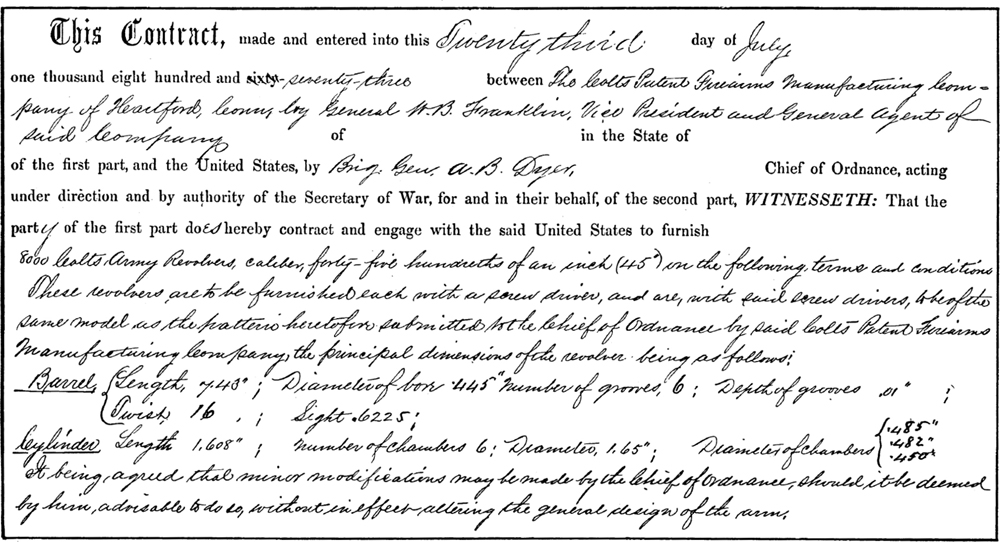
The Original Contract between the Chief of Ordnance and Colts. (Start of page 1.)
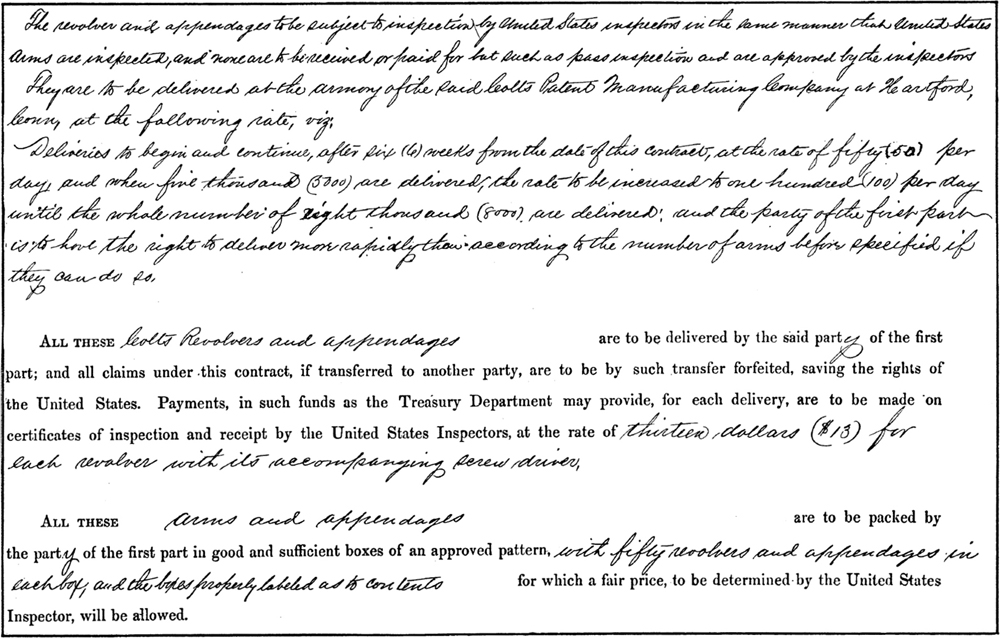
End of page 1 of the Original Contract
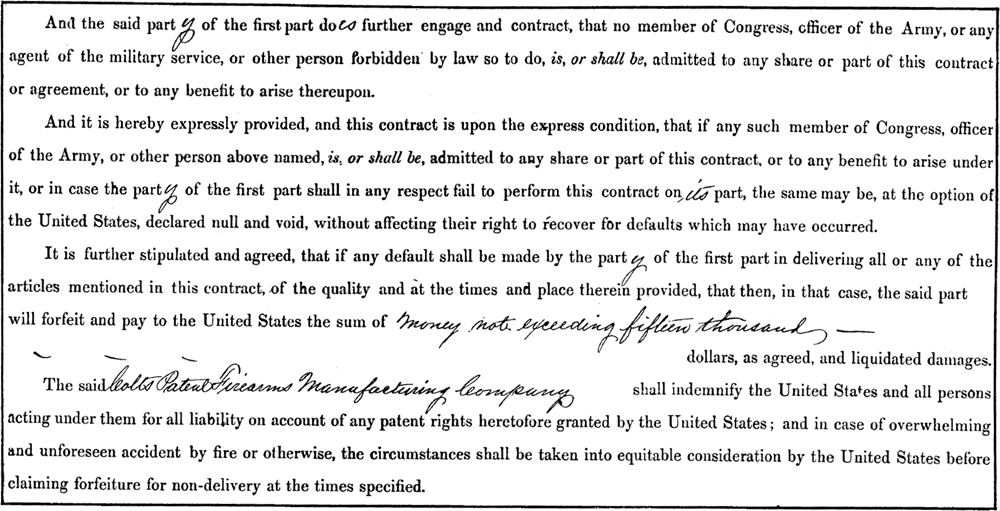
Beginning of page 2 of the Original Contract
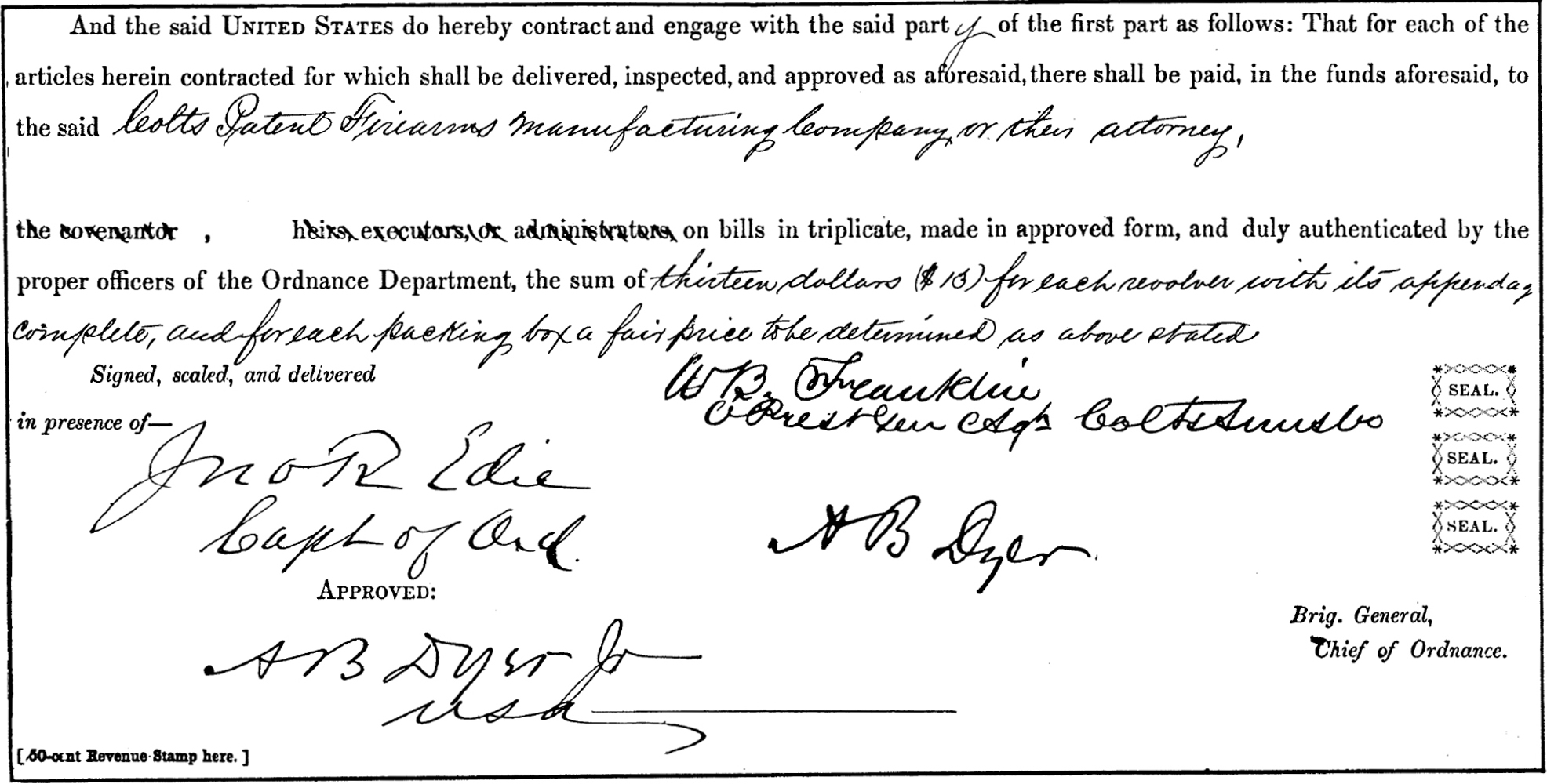
Continuation of page 2 of the Original Contract
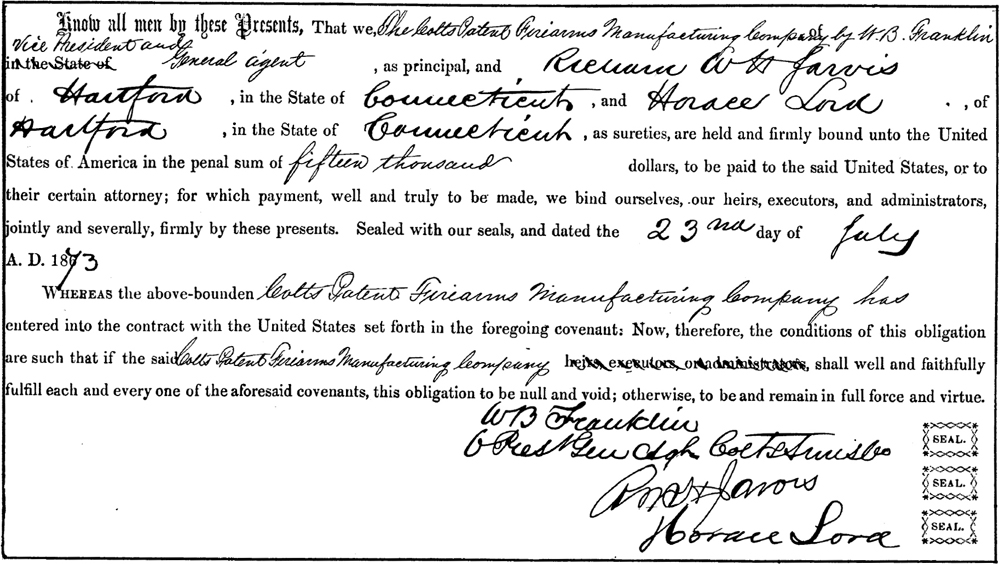
End of page 2 of the Original Contract
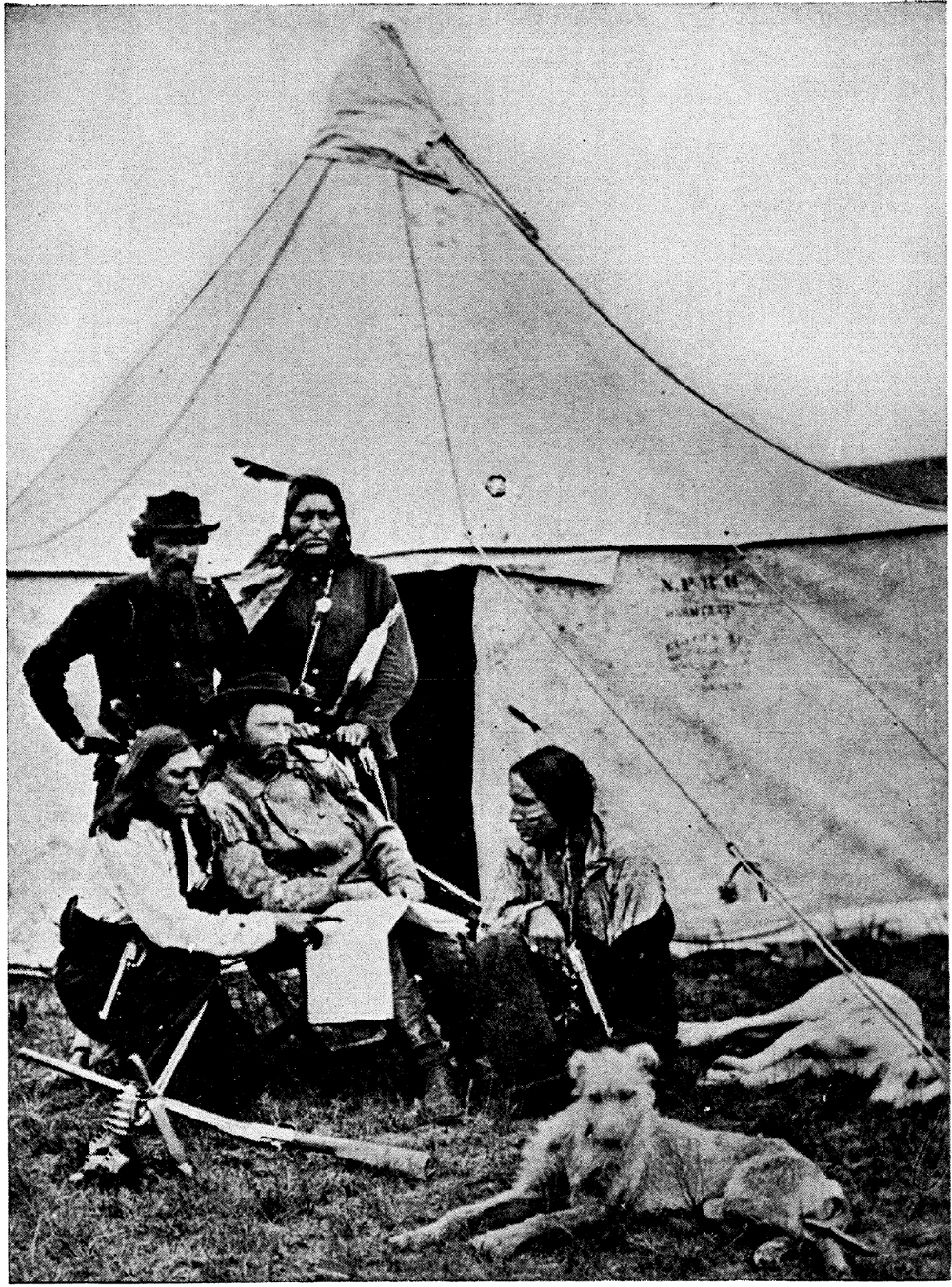
General Custer and his Indian Scouts, 1874
Courtesy of Custer Battlefield National Monument
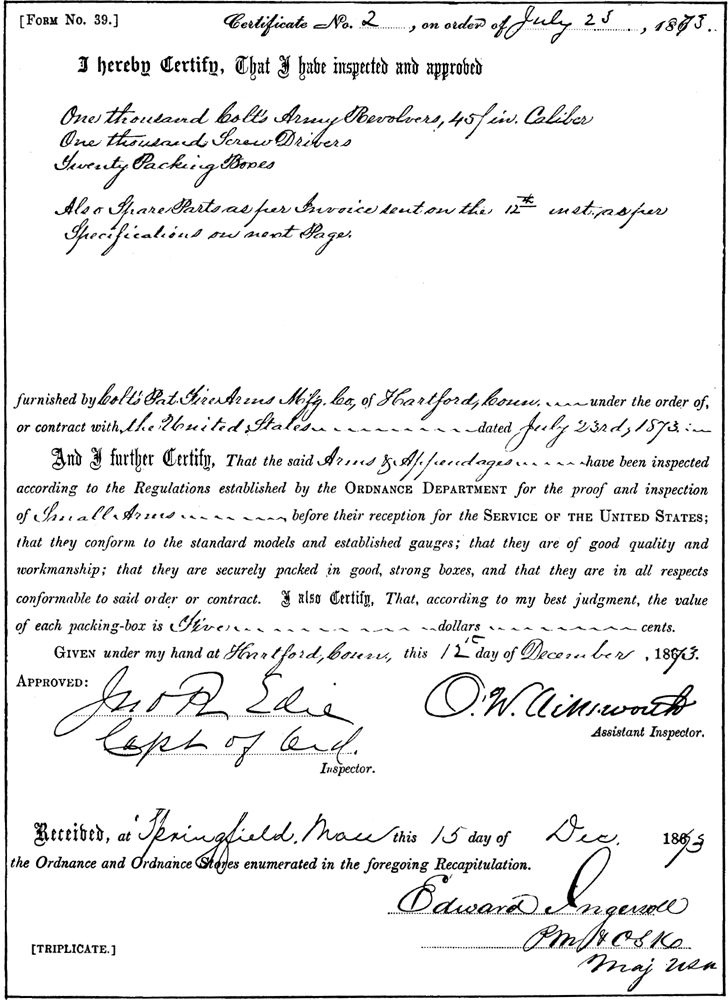
Inspection Certificate No. 2, dated December 12, 1873
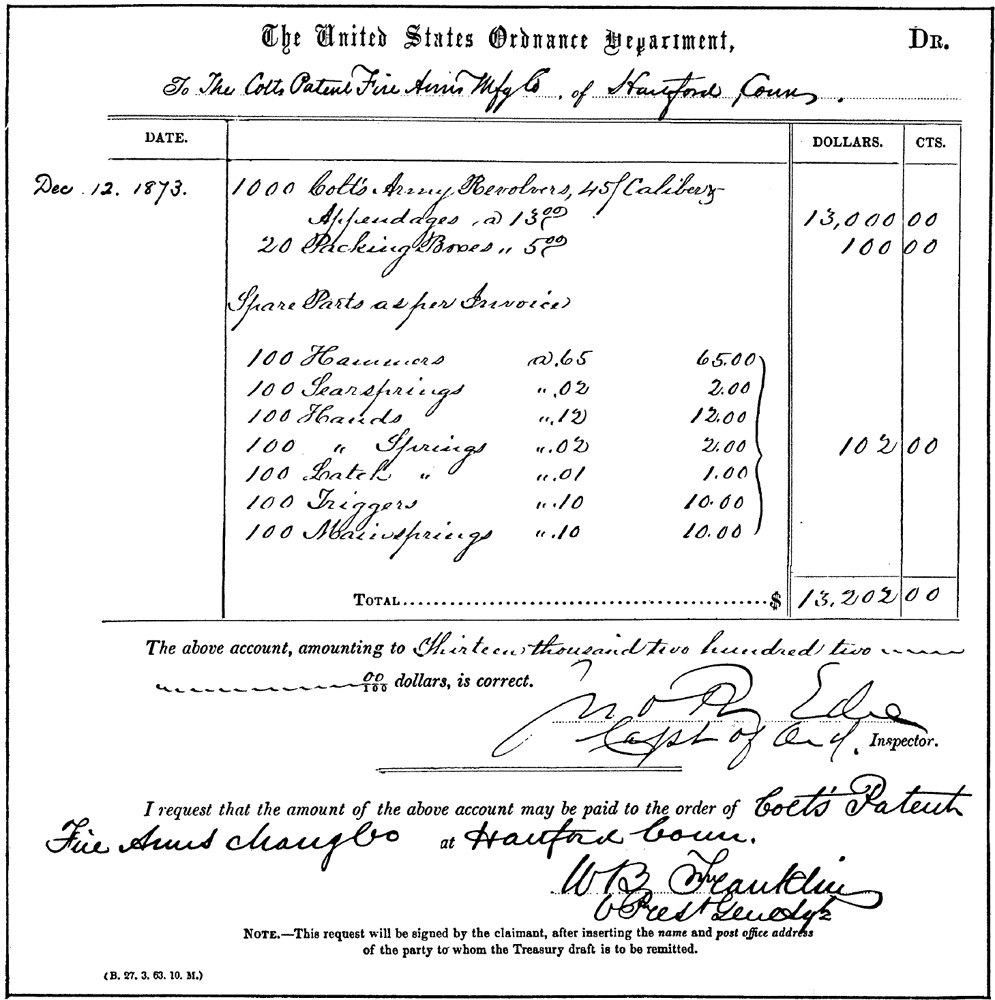
[Inspection Certificate No. 1 was dated Nov. 26, 1873. It is not reproduced because Colts copy was unsigned. Certificate No. 3 was dated Jan. 1, No. 4, Jan. 15, No. 5, Jan. 29, No. 6, Feb. 13, No. 7, Feb. 28, and No. 8, March 14, 1874. Each covered 1,000 pistols.]

